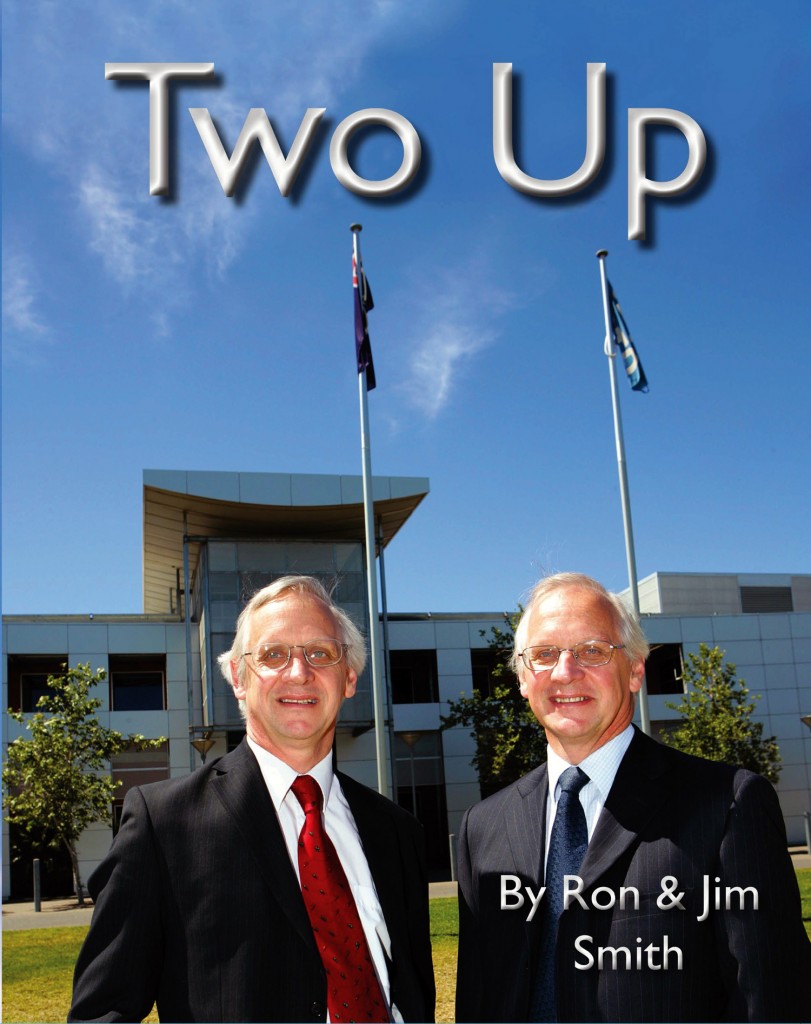
Pilawt 4.0 out of 5 stars Reviewed in the United States – It is often said that the “Golden Age of Aviation” was the period between the World Wars. Romantics tend to idealize images of helmets and goggles, Schneider Cup races, high-performance military biplanes, pioneering trans-oceanic flights, and absolute speed records that in today’s parlance would be described as around 0.5 Mach.
I would respectfully disagree. Though there are indeed fascinating tales of aviation of the ’20s and ’30s – and for that matter, every decade since man has taken to the air – I believe the “Golden Age of Aviation” must be identified as the period from the late 1960s through the end of the 20th Century – the era chronicled and celebrated by authors Ron Smith and Jim Smith in their new book, Two Up.
Through the prose and photography of Two Up we learn of a time of enormous variety in aviation, from primitive classics such as the deHavilland Tiger Moth and Piper J-3 Cub, through stately if well-worn transports, high-performance racers and warbirds, to the exotic F-117 stealth fighter and the majestic Concorde. Energized by their passion for all facets of flight, and with access enabled by their respective aviation-related professions, the authors take us along as they inspect and fly a delicious variety of civilian and military fixed-wing airplanes, gliders, helicopters and balloons, throughout the UK, the USA, Australia and elsewhere.
Identical twin brothers Ron and Jim Smith each contribute chapters covering both individual and joint aviation experiences. Both are aeronautical/aerospace engineers, and both are experienced private pilots. Despite their long careers in aviation, their writing reflects their awe of these flying machines and their place in history, as well as a profound gratitude to be a part of that history themselves.
The aviation world has changed since the events in this book have taken place. Some of the aircraft types are now gone forever. A chapter by Ron Smith relives the sights, sounds and sensations of an extended trip in British Airways’ Concorde G-BOAG. In all likelihood no Concorde will ever fly again, while G-BOAG itself now sits, cold, still and silent, on outdoor display in Seattle, Washington. Moreover, such grim 21st-Century realities as the cost of fuel and parts, government restrictions and security concerns would make it economically, politically or legally impossible to repeat many of the experiences which the brothers share with us in this book.
When Ron Smith writes, “These were happy and unthreatening times at Heathrow, with only three terminals in use and a pleasing variety of aircraft, large and small,” the reader is transported to a simpler time. In Two Up we relive a time when young people could stand at airport perimeters and dream of being pilots, without having to peer through razor wire and armed guards merely to see the airplanes; a time when classic airliners with propellers and tailwheels shared the tarmac with Mach 2 jets; a time when man and sky could connect without a suffocating layer of red tape inbetween.
It was indeed the “Golden Age of Aviation”, and Two Up takes us there.
